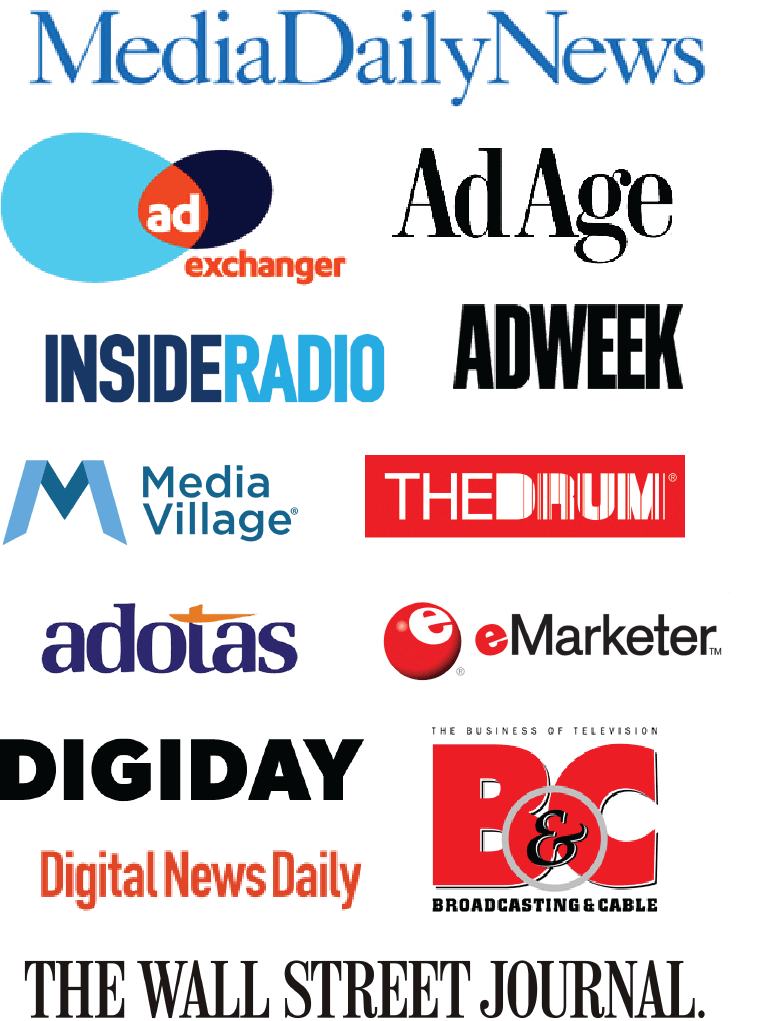Reaching audiences and scale and driving meaningful ad results has become more difficult for advertisers as they navigate macroeconomic impacts, a changing identity landscape and trust and brand safety concerns.
These three factors increasingly influence which KPIs advertisers are choosing to benchmark against, which channels they are choosing to reach audiences and which specific partners they are willing to work with to continue to drive ROI/ROAS in a measurable, meaningful way.
Nowhere are these shifts in strategy more evident than among the largest brands and agencies (those spending $25M+ annually on advertising). While research across our syndicated portfolio has shown over the past six months that SMB advertisers are doubling down on retaining current customers, tried-and-true channels like search and social and partners like Google and Facebook, larger spenders are diversifying their strategies and redefining key tactics.
- They are redefining “performance.” For larger spenders, performance also means upper-funnel priority. Larger spenders are equally likely to be reallocating money to channels and partners that are driving greater ROI, and they’re looking at ROI from a more holistic lens that includes feeding the funnel.
Larger spenders polled in March 2023 said that increasing revenue, brand awareness, profit, new customer acquisition and increasing category share were all top advertising goals they were focusing on through the end of 2023. In comparison, SMBs were more likely to prioritize client retention, with significantly less focus on increasing category share. True, larger spenders tend to have more funds and resources to stay on the offensive during economic times of trouble – and findings suggest many are doing just that.
- They consider walled gardens inclusive of CTV properties, and they’re leaning in. Walled gardens include more than Google, Amazon and social networks. Larger spenders are expanding to a host of CTV partners such as Hulu/Disney, Peacock/NBCU and Roku. Larger spenders are significantly more likely to be increasing spending with these partners vs. their counterparts. Demand for audience scale is one driving force; their increased sophistication with bringing first-party data to these partners for a more audience-forward approach is also at play.
Another factor to consider: larger spenders are significantly more likely than SMBs to say they are highly concerned about brand safety in social media. Those concerns, coupled with greater internal push for corporate responsibility and partner-vetting practices, inevitably give some of the largest CTV networks and broadcasters a leg up, at least for the time being.
- They’re expanding beyond the one-to-one paradigm – they’re experimenting with more cohort or aggregated forms of targeting and measurement. The whole of the advertising community has struggled for years to move toward a more holistic method of measuring ad effort, and larger spenders are taking the concept of privacy and identity loss to a new level by embracing tactics that leverage more modeling, AI and machine learning to help them define audiences and advertising success. As Chrome starts rolling out replacement standards for third-party cookies in the Privacy Sandbox in July, this will only come more into focus. While it’s still very early days for brands and agencies to fully embrace these changes and seamlessly integrate them into their practices, the desire to move beyond one-to-one signals a willingness to soldier on in spite of a universal ID or any winning ID solutions at scale.
The bottom line: Larger spenders are hard at work to remain relevant and competitive in today’s advertising landscape, and it’s leading them to redefine everything from performance to partners. For media sellers, engaging these heavy hitters will require awareness of the fact that for larger spenders, business as usual means rethinking and redefining success and strategy.
Lauren Fisher is GM Business Intelligence at Advertiser Perceptions

